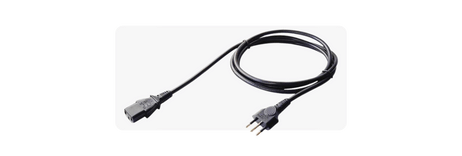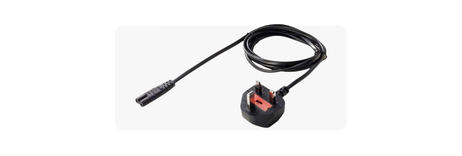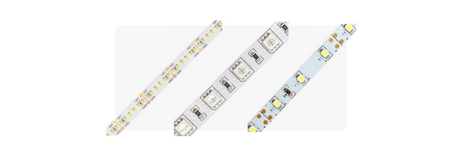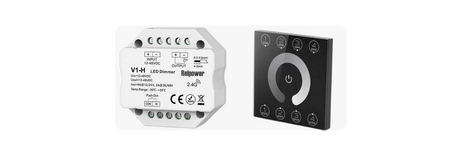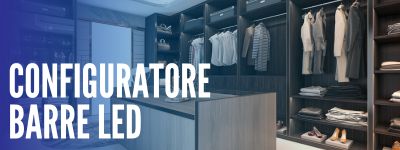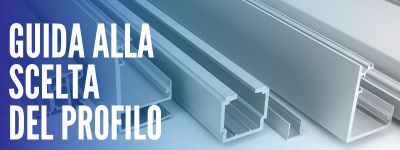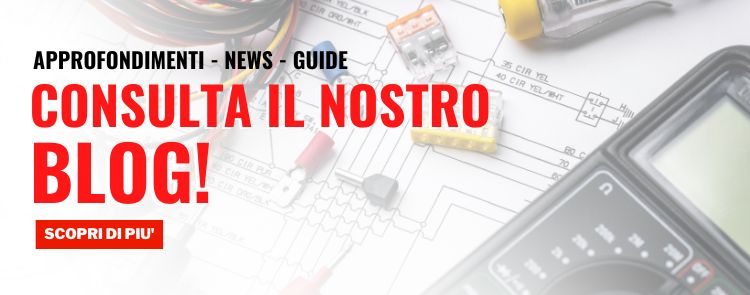One of the fundamental requirements for the research and purchase of electrical material (specifically power supplies or lighting systems) is the ability to resist the intrusion of external materials into devices, whether it's water or dust and debris.
The individual application may vary based on the placement of the device within the system and it is therefore essential to be able to understand which sources of disturbance and deterioration our product must be protected from.
This is where the certification of International Protection, commonly abbreviated as protection grade IP, comes into play.

This definition was introduced by the International Electrotechnical Commission through regulation IEC 60529 (ex CEI 70-1), which, through a code made up of letters and numbers, certifies the different degrees of protection that the device is provided with.
The degree of protection is thus defined by the initial acronym IP, followed by two digits (the first ranging from 0 to 6, while the second from 0 to 8), sometimes replaced by the letter 'x', in addition to two possible additional letters (A, B, C or D in the first, H, M, S, W in the second) that can further specify the type of device protection.
How to distinguish an IP65 protection grade from an IP44?

The first digit can be composed of A, B, C or D and indicates the resistance capacity to solid foreign bodies. Therefore:
- 0 or X: none
- 1: protections from solids with diameter larger than 50 mm
- 2: protections from solids with diameter larger than 12 mm
- 3: protections from solids with diameter larger than 2.5 mm
- 4: protection from solids with diameter larger than 1 mm
- 5: protection against non-harmful dust
- 6: total insulation from dust
The second digit instead indicates the degree of protection from liquid bodies (more specifically water)
- 0 or X: none
- 1: protections from vertical fall of water
- 2: protections fall of liquids at 15° inclination from the vertical
- 3: protections fall of liquids at 60° inclination from the vertical
- 4: protection from splashes coming from different directions
- 5: protection against jets of water of greater power
- 6: protection against powerful and abundant jets of water
- 7: protection from temporary immersion
- 8: protection from continuous immersion
The first letter indicates the degree of protection towards hazardous components. Specifically:
- A: protection against access with the hand
- B: protection against access with a finger
- C: protection against access with tools
- D: protection against access with a wire
While the second letter indicates additional characteristics about the use of the device. Specifically:
- H: Suitable for high voltage
- M: Suitable for the use of mobile components despite damage due to the passage of water
- S: Suitable for the use of NON-mobile components despite damage due to the passage of water
- W: Suitable for use in specific atmospheric conditions
Filter our
based on the IP grade
VIEW THE CATEGORY




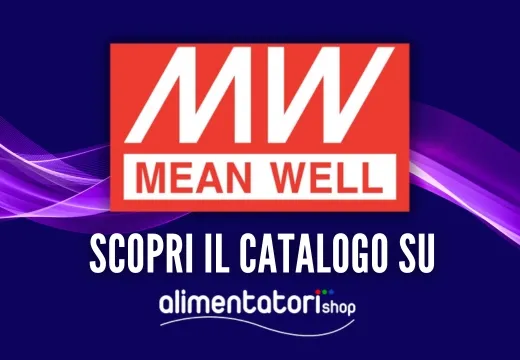






![How to choose the DC AC Inverter [GUIDA 2023] How to choose the DC AC Inverter [GUIDA 2023]](https://www.alimentatorishop.com/img/ybc_blog/post/thumb/MINIATURA-NEWS.jpg)
















